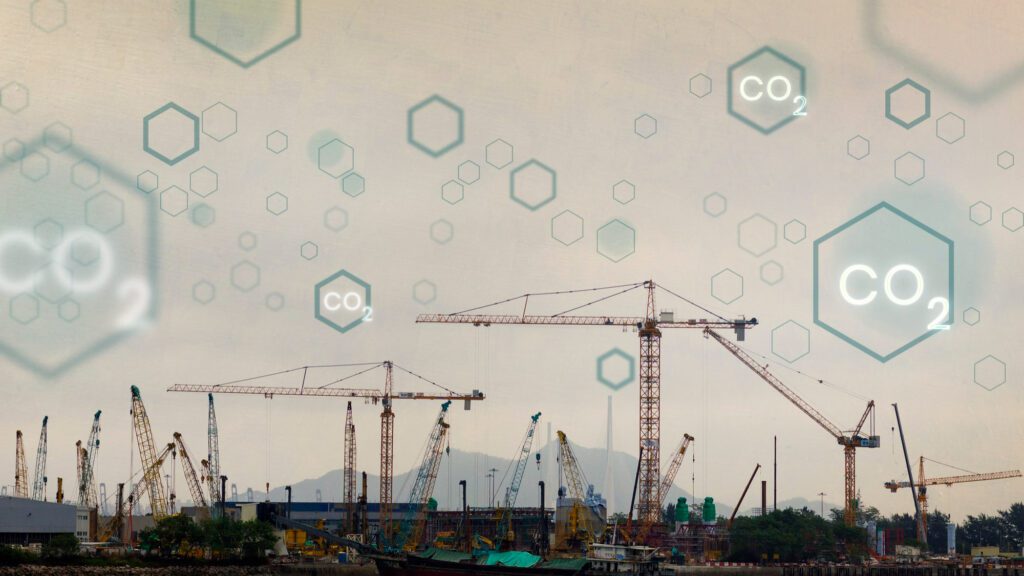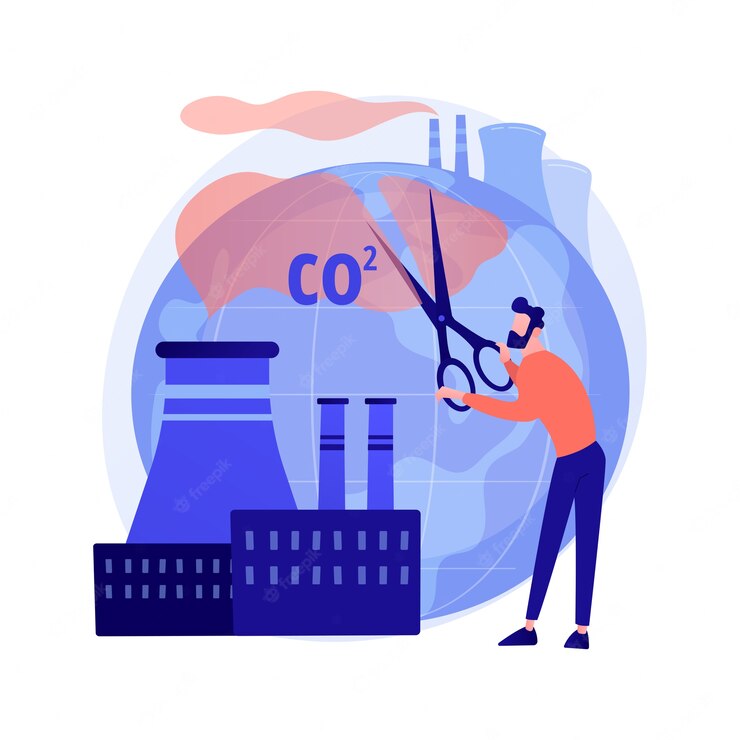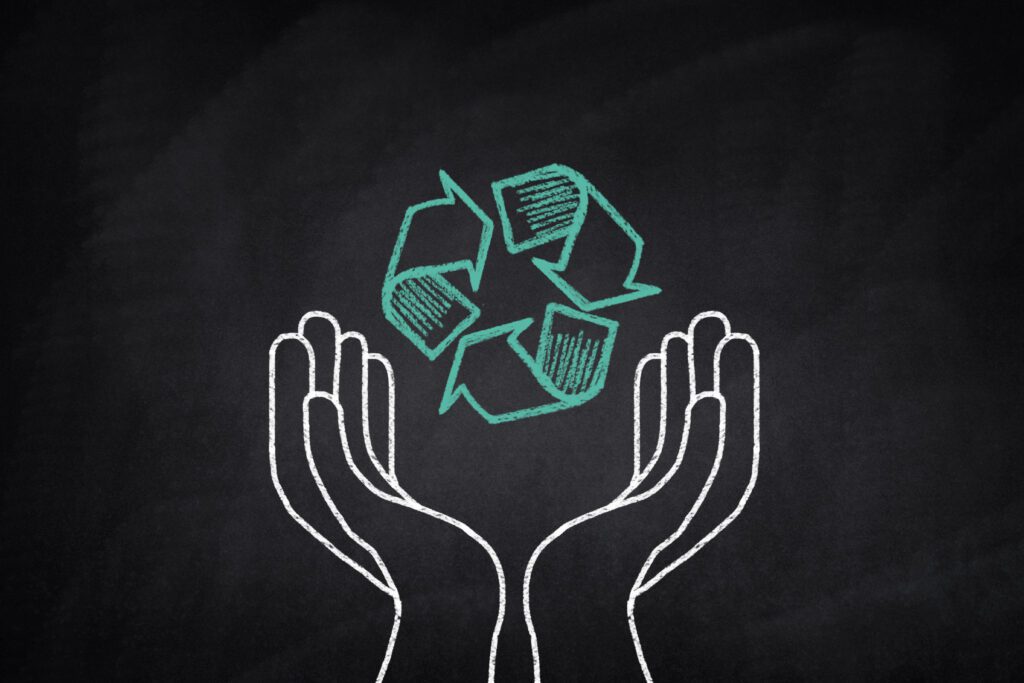Are you wondering why and how to make your company carbon-neutral? Does this really have a positive impact on the climate? In 2023, environmental efforts go far beyond recycling and saving water. The many campaigns aimed at raising awareness of the environmental cause have therefore borne fruit; consumers are now more willing than ever to pay for sustainable products that come from companies that are considered to be eco-friendly. Indeed, the reduction in emissions will come from a joint effort between companies and consumers.
According to a study conducted by Nielsen in 2021, 73% of consumers say they are willing to pay more for sustainable and environmentally friendly products.
Besides market opportunities, there is a multitude of reasons why companies should care about the environment. But how can a company become carbon-neutral?
Will Solutions is an expert in carbon offsetting and the development of sustainable communities. Discover our 3 tips to become a climate-neutral business to reduce the environmental impact of your supply chain and processes as well as your carbon footprint.
What does it mean to be a carbon-neutral company?

Today, businesses, organizations, and communities have a significant impact on our planet. To become a carbon-neutral company and reduce your climate impact, you must first understand what carbon neutrality is. Carbon neutrality is achieved when a company’s carbon footprint equals zero. To achieve this, it is necessary to offset all your incompressible annual GHG emissions by purchasing carbon credits.
Why reduce greenhouse gas emissions?
Reducing corporate emissions is essential to preserve our planet. Although climate change issues are the most discussed cause, anthropogenic GHG emissions (caused by human activity) are also responsible for many other environmental problems, such as:
- The growing number of extreme natural phenomena, such as hurricanes, floods, and droughts.
- The acidification of the oceans, which leads to the deterioration of coral reefs and causes a reduction in marine biodiversity.
- Human health. Indeed, air pollution encourages the proliferation of certain diseases. It is therefore essential for companies, which are responsible for over 70% of global GHG production, to take steps to reduce their greenhouse gas emissions.
- The destruction of the ozone layer.
- The alteration of the ecosystems, their interactions, and the species that live there.
It is imperative to combat the negative effects of greenhouse gas emissions and reduce the harmful gasses released into the atmosphere each year by both large and small polluters at the source. Canada has joined more than 120 countries that are pledging to achieve global carbon neutrality by 2050.
Nationally, regulations regarding CO₂ emissions have tightened for businesses. As a result, companies must take steps to reduce and/or offset their greenhouse gas production as well as their carbon footprint.
The advantages of becoming a carbon-neutral company
Fortunately, there are many advantages to including long-term sustainability strategies and decarbonization in your business. Here are a few of them.
- Opening up new markets: The average consumer is becoming aware of the environmental cause and the concept of carbon credits. Portraying yourself as an eco-friendly business is therefore a great way to stand out and gain more customers.
- Improving the company’s image: Companies that are committed to carbon neutrality greatly improve their image with their consumers, their employees, but also with potential investors. They, too, are looking for partners who care about the environment and their image to ensure that they are committed to sustainable projects.
- Developing a competitive advantage: To further differentiate themselves from the competition in their industry, many companies are innovating at the core of their business model to make sustainable development their brand positioning. By disrupting the ‘Business As Usual’ habits of the sector, you can position yourself as an environmental leader in your industry.
- Anticipating regulatory changes: By opting to implement environmentally friendly strategies today, businesses can reduce and avoid the organizational headache of new obligations.
- Responsible communication: Becoming carbon-neutral is a pragmatic approach to address ESG strategy and reporting. You will be able to communicate clearly on your decarbonization actions, the exact number of tons offset, and the type of carbon project to which you are contributing for the year. This will bring you closer to clear, pragmatic, precise, and time-bound environmental communication.
What are the steps to become a carbon-neutral company?


There is a hierarchy of actions and good practices to follow to become carbon-neutral. Now let’s discover how to make your company carbon-neutral in three steps.
1. Carry out a carbon assessment of its activities
This is the first step. By measuring our carbon emissions over the year, we identify the main sources of emissions, obtain a comprehensive overview of the carbon intensity of our activities, and prioritize future carbon reduction projects.
Calculating your carbon footprint allows you to assess your organization’s contribution to climate change. More precisely, it is a measurement of the greenhouse gas (GHG) emissions emitted or absorbed into the atmosphere by an organization’s activities, according to a defined perimeter.
It is called a carbon footprint because the impact of each greenhouse gas is translated into a carbon dioxide (CO2) equivalent, the main greenhouse gas emitted.
2. Reduce emissions where possible
- Improved transportation and business travel: Among other options, businesses from all industries can offer their employees benefits to promote carpooling, public transit, or the purchase of hybrid or electric vehicles.
- Product life cycle analysis: The LCA offers a detailed portrait of the impacts of a product at each stage of its life. The company can therefore take concrete steps to reduce the direct emissions from the manufacture to the disposal of their products.
- Energy transition: Reduce, limit, or replace fossil fuel energy with renewable energy. This solution means the structural transformation of energy consumption and production methods. A company that does not sell physical products can also improve its carbon footprint if it reduces energy consumption in its offices.
- Energy Efficiency: reduce your energy demand by improving building and window insulation, heat recovery, installation of green roofs, and optimizing your HVAC systems.
- Paperless company: Opting for a paperless system by using digital tools more regularly is another way to contribute to the fight against climate change.
- Waste reduction: Offer a waste management system in the company by recycling, composting, or reusing certain products, among other options.
3. Offset your incompressible emissions by buying carbon credits to become carbon-neutral
This solution is advantageous for companies that are unable to completely reduce their direct emissions through reduction strategies. The investment allows them to offset their residual emissions.
In addition to this advantage, the financing of external GHG reduction projects makes it possible to diversify eco-responsible activities and commitments in a fast-growing and prominent sector.
This is an excellent way to feed the company’s eco-responsible communication by communicating the voluntary support of these projects. The organization can also choose from a portfolio of projects, solutions that support GHG source reduction (Solutions Will) or GHG natural sequestration (Carbone Boréal). At Will Solutions and Carbone Boréal, these projects also support the development of sustainable communities and the creation of local jobs.
Do you want to learn how businesses can become carbon-neutral quickly?
After calculating the total GHG emissions and reducing them where possible, the most common and effective method of becoming carbon-neutral is to purchase carbon credits.
These credits represent the reduction or elimination of carbon dioxide emissions elsewhere and are therefore used to offset the company’s residual and incompressible emissions.
Purchasing these credits, therefore, allows a company to:
- Complement its commitment to decarbonization with an additional virtuous action
- Become carbon-neutral
- Support greenhouse gas reduction projects
- Actively contribute to reducing global GHG emissions
- Complete its ESG policy and communications
- Improve its brand image and consumer loyalty
How much does it cost to become a carbon-neutral company?


Are you wondering how to make your company carbon-neutral and how much it costs? It all depends on the methods you choose to offset your greenhouse gas production. Other factors also impact the total cost, such as the size of the company, your business sector, and your current carbon footprint. It can therefore be an investment ranging from a few thousand to several million dollars.
Can a company create and sell carbon offset credits?


No, not all companies are authorized to create and sell carbon credits. The creation and sale of these credits are subject to numerous laws and regulations, such as the Kyoto Protocol and the Paris Agreement. Only registered companies approved by recognized carbon offset programs and government organizations can create and sell carbon credits, such as the Verra program, our third-party auditor at Will Solutions.
However, it is then possible for such companies to resell their GHG reductions to companies wishing to offset their remaining emissions, notably by becoming part of Will’s Sustainable Community. Carbon offset credits are therefore tradable commodities. However, it should be noted that the value of carbon credits varies according to supply and demand as well as the specific emissions offset program with which they are associated. The average selling price of carbon credits has been going up since 2019 and is planned to be multiplied by 3 by 2030 (McKinsey study).
Will Solutions’ platform can help you become a carbon-neutral company
Will Solutions is a Canadian company that offers high-quality and local carbon credits. All our credits come from a group of more than 850 micro-projects dedicated to the global reduction of greenhouse gas emissions, such as methane or CO2. These carbon offset projects are also all validated by the internationally recognized independent auditor Verra.
Contact us today to take advantage of our expertise for your climate actions. We’re here to help you achieve your carbon neutrality goals and promote the sustainable development of your business.


Raphaël Pittavino-Varitto
Digital marketing and communications manager
Article’s author

